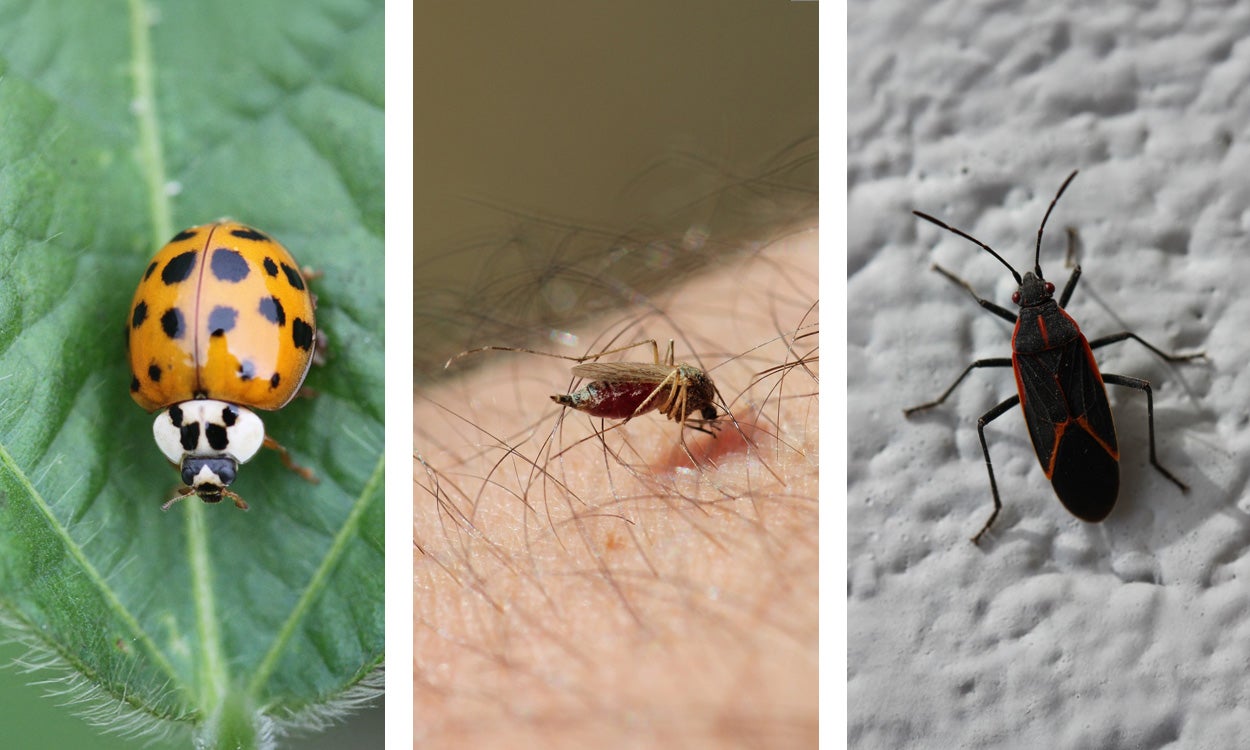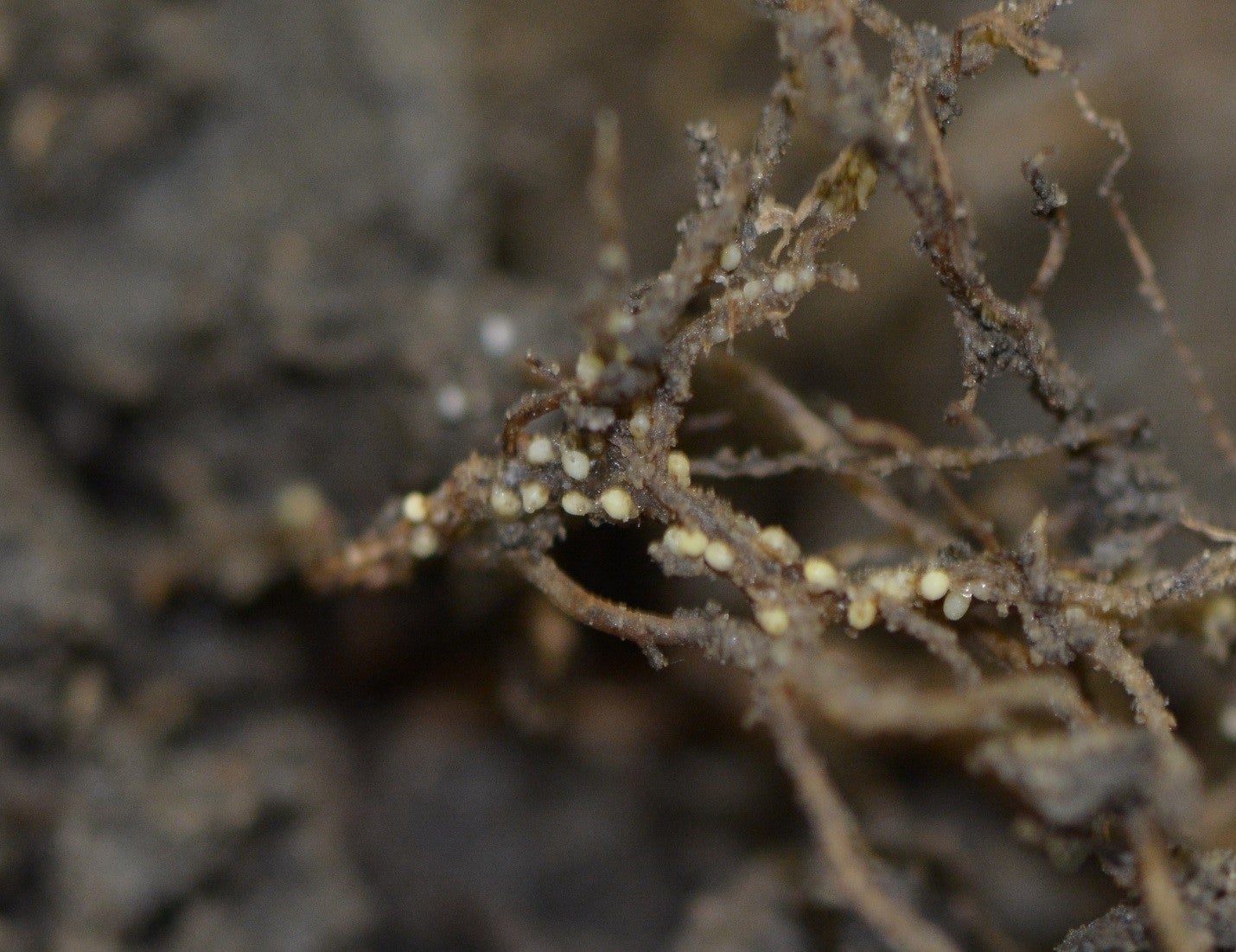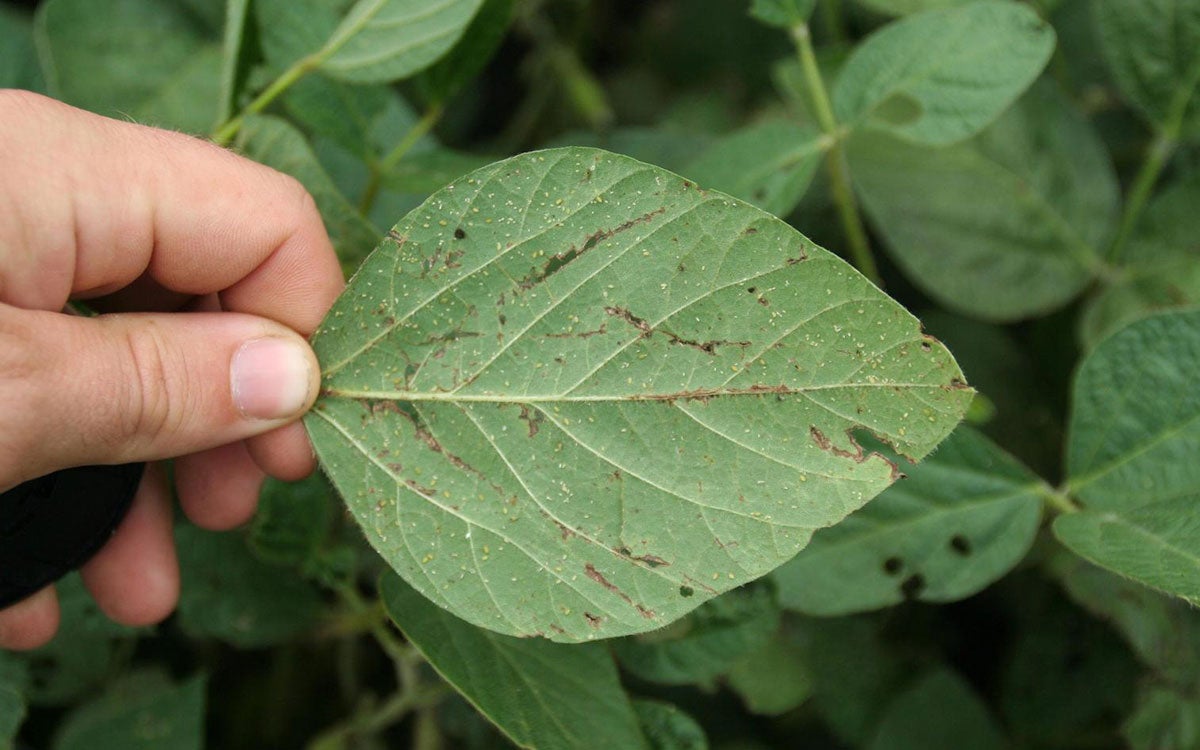Written collaboratively by Adam Varenhorst, Philip Rozeboom, Patrick Wagner, and Brad McManus.
Soybean gall midge larvae have been detected in soybean in southeastern South Dakota (Figure 1, Figure 2). Scouting for fields with infestations may explain wilting or dying soybean along field edges. Unfortunately, there are no rescue treatments available to reduce soybean gall midge larvae populations. Soybean gall midge infestations typically begin with discoloration of the epidermis near the base of the stem (Figure 3).

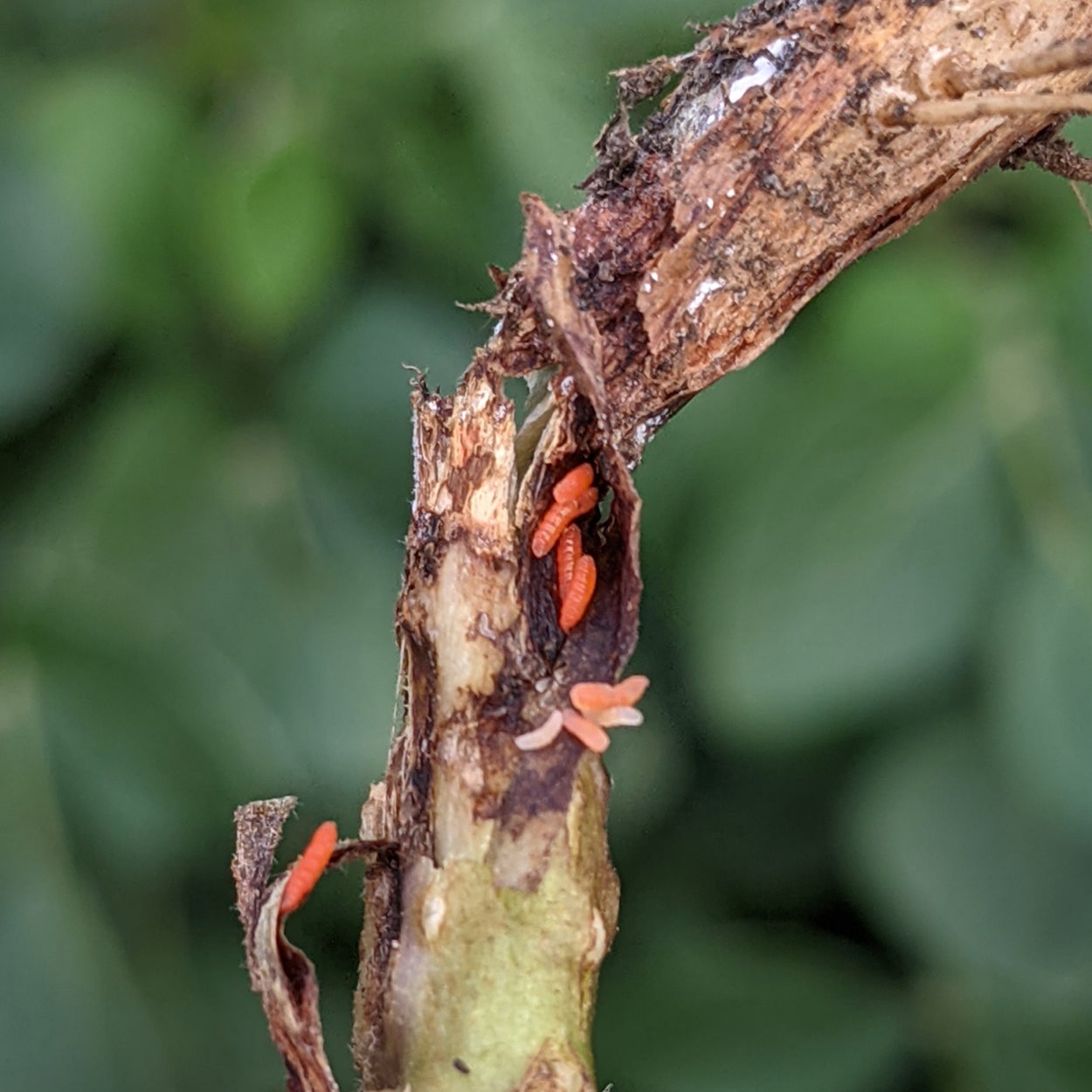
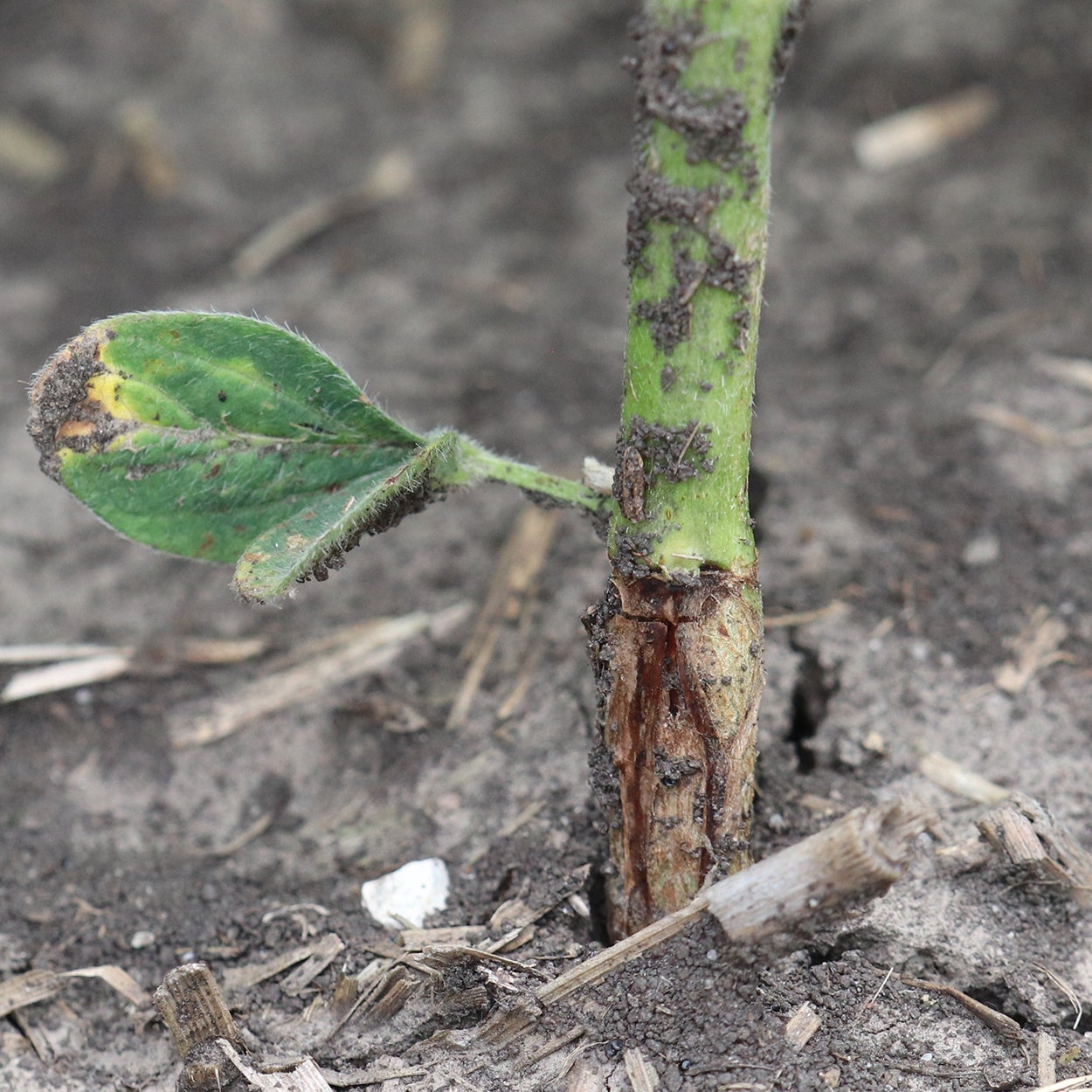
Although the infestations probably won’t result in the death of the infested plants, plants around field edges generally will wilt and many will die as a result of the infestation. Field edges that are immediately adjacent to last year’s soybean stubble tend to be infested worse than other areas of the field. In general, soybean gall midge adults are not strong fliers and field edges will be the first point of infestation. The infestations will then continue into the field as additional generations occur.
Scouting for Soybean Gall Midge
If you find soybean gall midge infested fields, please email (Adam.Varenhorst@sdstate.edu) or Tweet (@SDSUExt_Insects) a picture of the infested plant and include the county where the infestation was observed.
